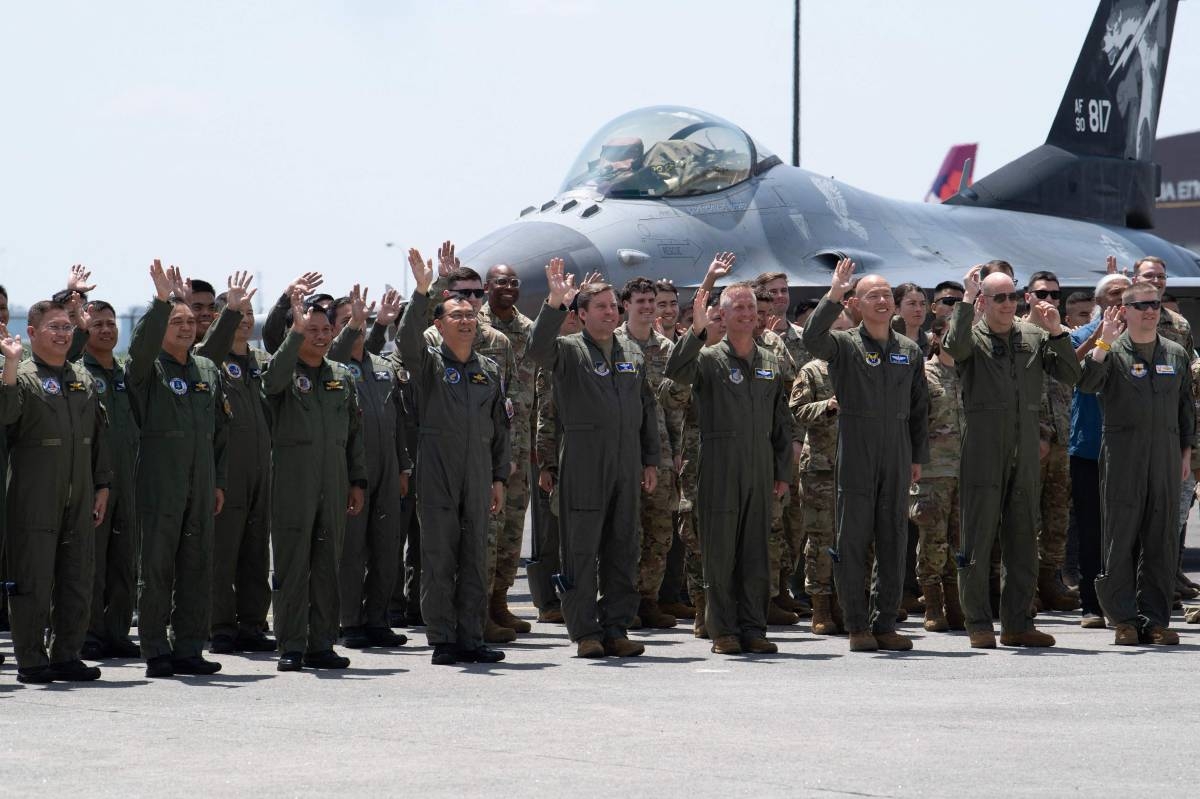PH, US launch air drills, aim for 'strategic deterrence'

THE Philippine and US air forces kicked off joint exercises Monday aimed at boosting operational coordination and enhancing "strategic deterrence," the Armed Forces of the Philippines (AFP) said.
The drills follow months of confrontations between Beijing and Manila over disputed areas of the South China Sea, with significantly larger US-Philippine air, land and sea exercises set for late April.
"Enhancing combat readiness and elevating joint mission effectiveness" would be central to the Cope Thunder exercise, Philippine Air Force commander Arthur Cordura said Monday at a ceremony at Clark Air Base in Mabalacat, Pampanga, to launch the drills.
Philippine Air Force spokesman Col. Ma. Consuelo Castillo said the PAF is deploying 729 personnel and various types of aircraft, including FA-50PH, A-29B Super Tucano, S-76A and S70i Blackhawk helicopters.
The US Pacific Air Forces (Pafac), on the other hand, sent 250 personnel and 12 F-16 fighter jets.
The exercise will highlight field training exercises on aircraft maneuvers and tactics.
For the first time, the PAF is hosting an International Observer Program (IOP) as part of the exercise, participated in by representatives from the Royal Malaysian Air Force, Royal Thai Air Force, Royal Australian Air Force, Japan Air Self-Defense Force, and Indonesian Air Force.
The exercise will also feature Subject Matter Expert Exchanges (SMEEs) covering a wide range of domains including fighter and close air support operations, helicopter operations, cybersecurity, communications, aircraft maintenance, logistics, security and medical services.
Military ties between the Philippines and the United States have deepened since the 2022 election of President Ferdinand Marcos Jr., with Manila pushing back on sweeping Chinese claims in the South China Sea that an international tribunal has ruled are without merit.
The US State Department last week approved a long-mooted sale of 20 F-16 fighter jets to the Philippines, though Manila said the deal was "still in the negotiation phase."
Speaking at Monday's ceremony, US Maj. Gen. Christopher Sheppard said that "the pace of our alliance is accelerating."
Cope Thunder, which will continue through April 18, aims to enhance "asymmetric warfare capabilities," operational coordination and strategic deterrence, according to the Philippine Air Force.
"Further down the road, we look forward to the seamless transition to exercise Balikatan, which will continue to push the boundaries of our interoperability," Cordura added.
Like the majority of Balikatan's planned activities, Cope Thunder will be conducted on northern Luzon island, the area of the Philippines closest to Taiwan.
As China encircled Taiwan with planes and ships in a simulated blockade last week, AFP Chief Romeo Brawner warned troops that their country would "inevitably" be involved should the self-ruled island be invaded.
Beijing insists Taiwan is part of its territory and has threatened to forcefully bring it under its control.











